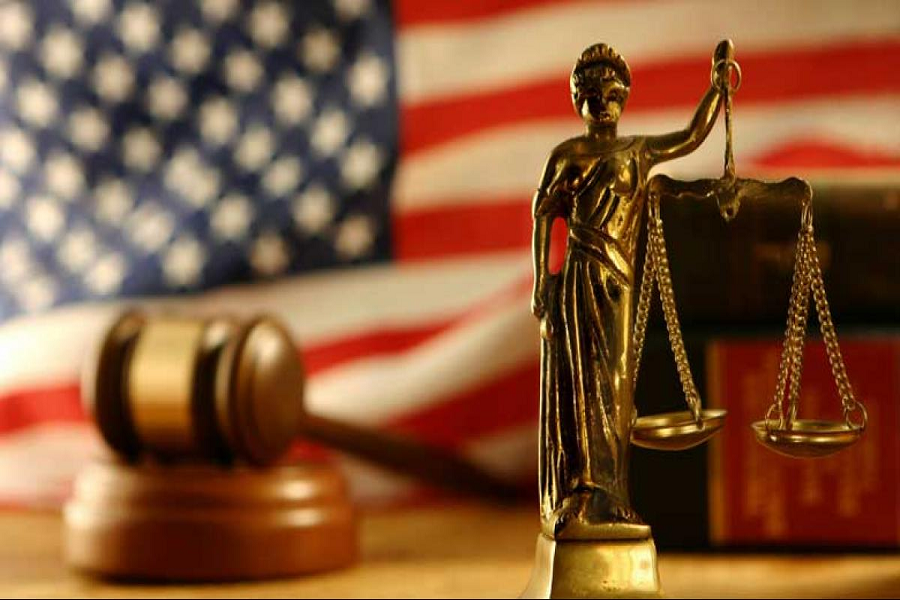Presentation:
The law enforcement framework is a complex construction that assumes a crucial part in keeping cultural control and guaranteeing the fair and only treatment of people blamed for criminal offenses. This exhaustive aide means to unwind the intricacies of the law enforcement framework, investigating its key parts, capabilities, and the unpredictable cycles that characterize its activities.
Design of the Law enforcement Framework:
The law enforcement framework is made out of different interconnected parts, each filling a particular need chasing equity. These parts incorporate policing, legal executive, and adjustments.
Policing:
At the front of the law enforcement framework are policing liable for researching violations, capturing suspects, and keeping up with public security. Cops, investigators, and particular units team up to accumulate proof and assemble arguments against people associated with crime.
The Legal executive:
The legal executive, involving judges and courts, is entrusted with deciphering and applying the law. Courts act as fields where legitimate debates are mediated, and judges guarantee that lawful techniques are followed, and equity is managed unbiasedly. The legal executive assumes a vital part in shielding individual privileges and deciding culpability or blamelessness.
Adjustments:
When an individual is indicted, the adjustments framework dominates. This incorporates detainment facilities, probation, parole, and restoration programs. The revisions framework plans to change wrongdoers, safeguard society, and manage sentences in a way lined up with lawful and moral norms.
Key Cycles inside the Law enforcement Framework:
Capture and Booking:
The law enforcement process frequently starts with a capture. Cops, in the wake of get-together proof, keep people associated with perpetrating a wrongdoing. The captured people are then reserved, which includes recording individual data and subtleties of the supposed offense.

Charging and Introductory Appearance:
Examiners survey proof introduced by policing choose whether to document formal charges. The blamed shows up in court, where charges are introduced, and essential freedoms, including the right to lawful advice, are made sense of.
Bail and Pretrial Confinement:
Contingent upon the seriousness of the supposed offense, the charged might be conceded bail, permitting them to anticipate preliminary beyond prison. On the other hand, some might be held in pretrial detainment in the event that considered a flight risk or a threat to society.
Arraignment and Supplication Dealing:
The arraignment is a conventional court continuing where the charged enters a request. Many cases are settled through supplication haggling, where the indictment and guard arrange a commonly OK goal, frequently bringing about a decreased sentence for the charged.
Preliminary and Condemning:
On the off chance that a request deal isn’t reached, the case continues to preliminary. The indictment and protection present proof, and an adjudicator or jury decides culpability or blamelessness. Upon conviction, the condemning stage follows, where the appointed authority forces a discipline in light of the seriousness of the offense and other significant variables.
End:
The law enforcement framework is a perplexing and dynamic element intended to guarantee the fair and only treatment of people blamed for criminal lead. Understanding its construction and cycles is fundamental for cultivating straightforwardness, responsibility, and the security of individual freedoms inside society. This far reaching guide gives knowledge into the complexities of the law enforcement framework, revealing insight into its central parts and the basic job each plays in keeping a decent and simply legitimate system.









